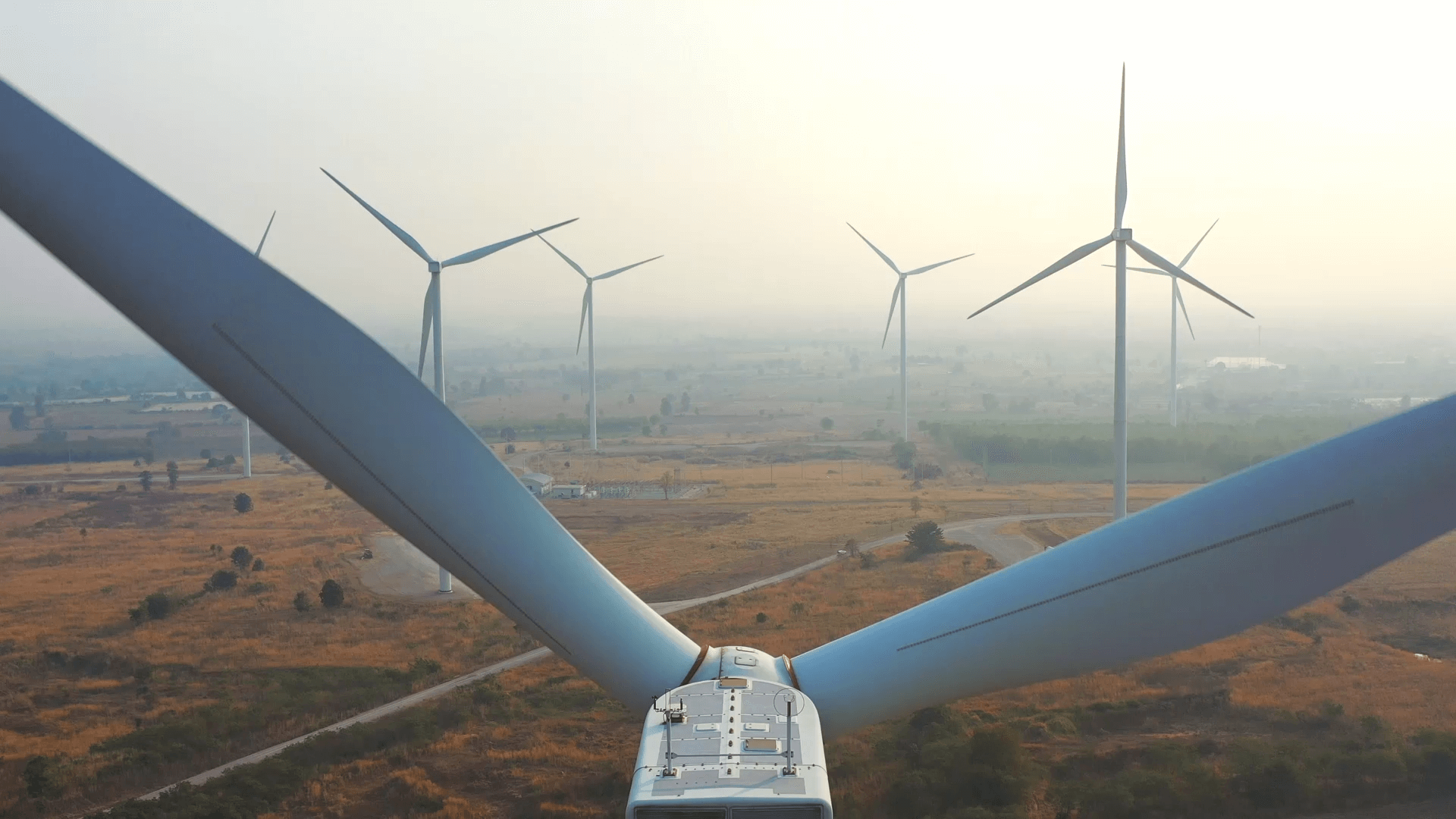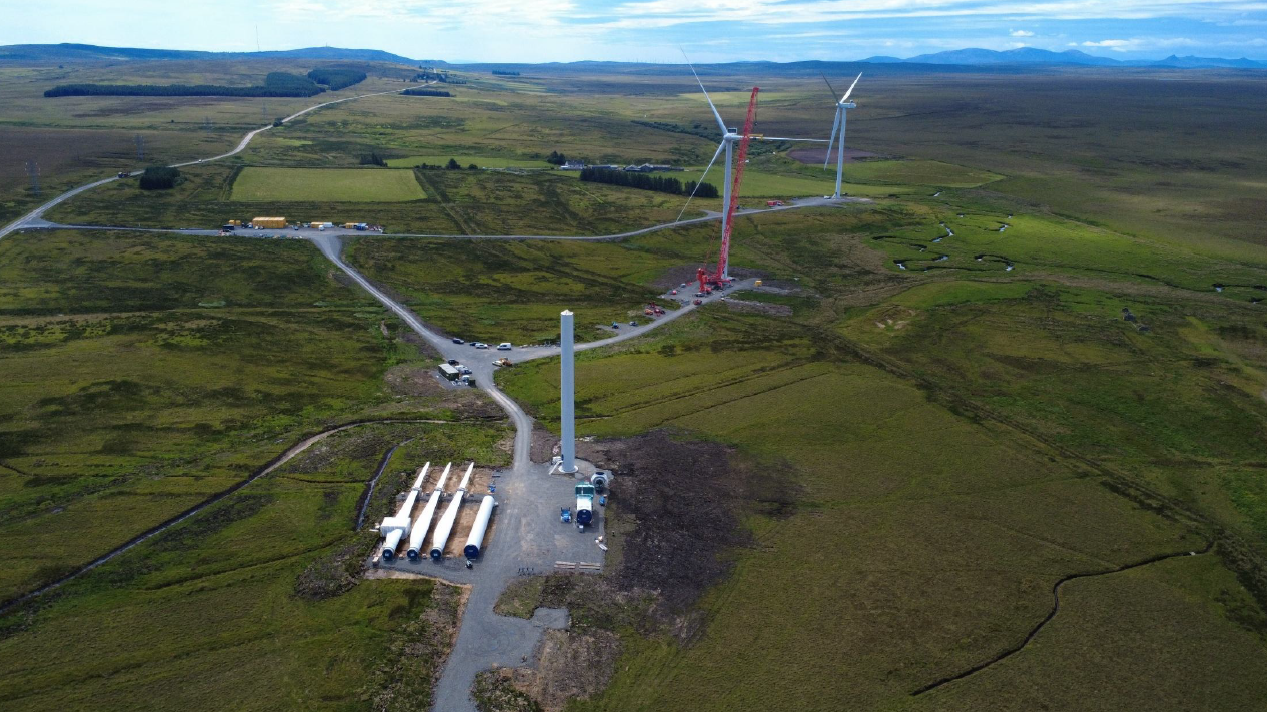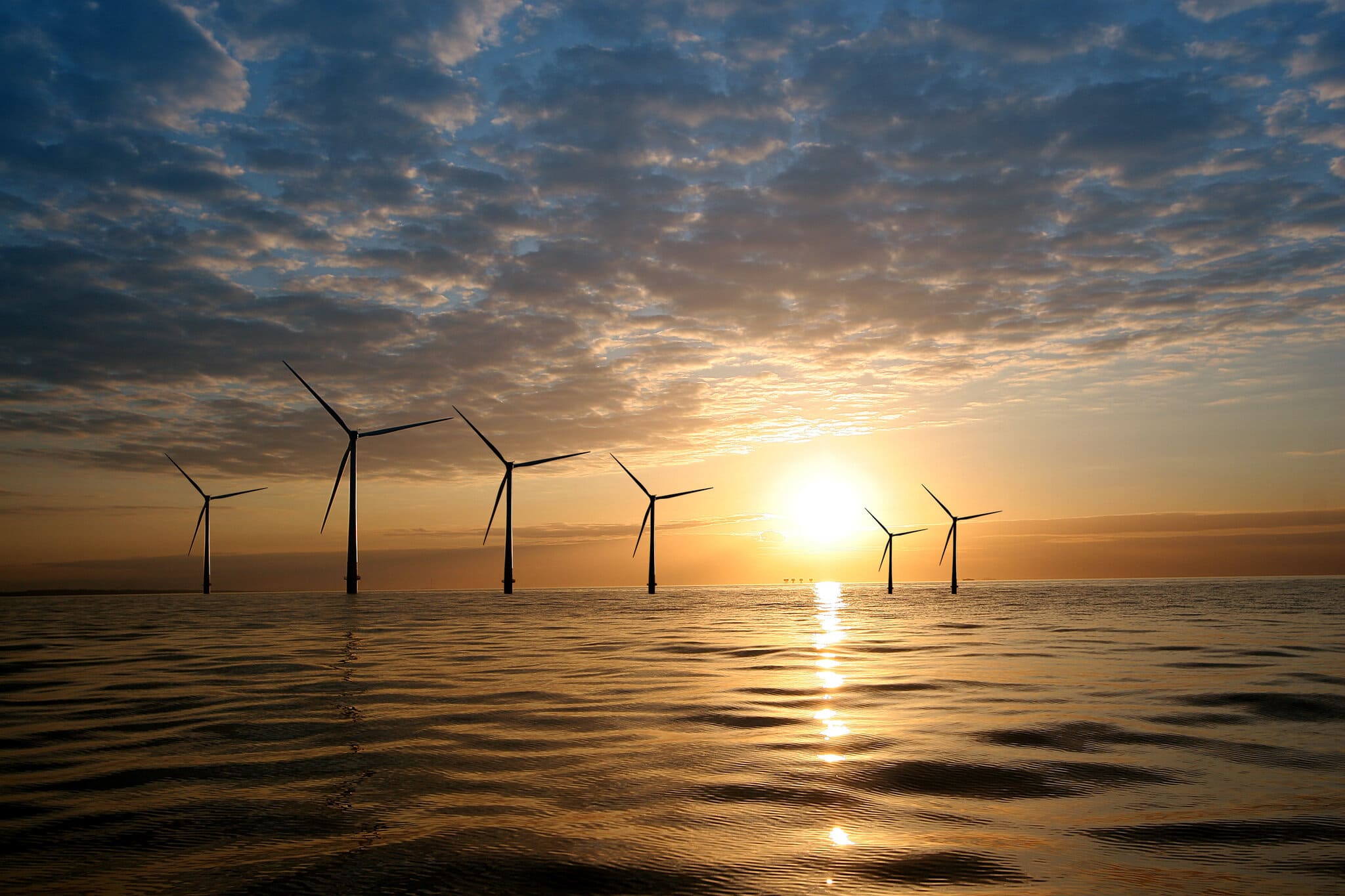What’s driving change in energy trading IT and carbon markets: Insights from ETW Europe 2025
Digitalisation and carbon policy are reshaping energy trading. CTO, Rob Pringle and Carbon Analyst, Luke Hanley share key takeaways from Energy Trading Week Europe, covering IT strategy, emerging technologies, and the future of compliance markets.

Energy Trading Week Europe 2025 was a fantastic opportunity to connect with peers across the energy sector and dive into the technologies and policies shaping our industry. I had the pleasure of joining a panel on IT strategy in energy trading, where we explored how digitalisation can drive smarter, more resilient businesses
Strategic IT: Aligning technology with business goals
One of the key themes from our discussion was the importance of aligning IT with business strategy. Technology strategy should never sit in isolation; it is a core component of the business strategy. At SmartestEnergy, we focus on clarity first, then innovate to accelerate and collaborate across teams to deliver meaningful change.
When asked how we respond to market volatility, I shared that agility to respond is essential, but it must be grounded in a long-term roadmap. Business plans should be built on an robust strategy, giving us the flexibility to pivot while staying focused.
I also spoke about some of the recent innovations we’ve delivered for customers, including the launch of Traceable Renewable Supply, a data-driven product designed for commercial and industrial customers seeking deeper transparency in their renewable energy sourcing.
Built in partnership with Granular Energy, the product enables half-hourly matching of Renewable Energy Guarantees of Origin (REGOs) to consumption, helping businesses combat greenwashing and meet evolving reporting standards.
👉 Find out more about Traceable Renewable Supply and how it can futureproof your energy reporting: Half-hourly energy reporting with Traceable Renewable Supply | SmartestEnergy
Innovation doesn’t always mean large-scale transformation. Sometimes, small changes can have a big impact. For example, we recently used LLM models to batch-translate documents, significantly reducing cost and saving time across the business. Ultimately, IT must focus on the human factor, supporting people, improving workflows, and enabling smarter decisions.
Carbon markets in transition: What’s next for UK and EU ETS?
In the afternoon session, SmartestEnergy’s Carbon Analyst Luke Hanley joined a panel of carbon market experts to explore the future of compliance schemes and environmental regulation across the UK and Europe. Luke shares an overview of the session:
At the panel, I focused on the evolving UK Emissions Trading Scheme and the wider political context shaping carbon markets. There’s a growing tension between social acceptability and emissions reduction goals, and governments are increasingly viewing climate policy through an economic lens. Affordability, energy security, and competitiveness are now central to the conversation.
On the UK ETS, I highlighted three major developments:
- Maritime sector inclusion from 2026: All domestic voyages and in-port emissions will be covered, with potential expansion to international routes depending on the outcome of upcoming IMO negotiations. Shipowners may face overlapping compliance regimes, with different methodologies and pricing mechanisms.
- Energy-from-Waste facilities: Facilities processing significant volumes of waste will be required to purchase and surrender allowances. Costs are expected to be passed on to councils and businesses, potentially impacting local budgets and net zero initiatives.
- Greenhouse Gas Removals (GGRs): GGRs will be integrated into the UK ETS, with strict permanence and integrity requirements. While initially niche due to high costs and limited supply, demand is expected to grow as companies seek to meet net zero targets.
We also discussed the potential linkage between UK ETS and EU ETS. Legally, it’s feasible within 12 months, but political timing may push implementation closer to 2031. With elections approaching and the next phase of the EU ETS beginning, both sides may use linkage as a strategic campaign milestone.
Finally, I touched on the broader implications of CBAM reform, the rollout of EU ETS2, and the growing role of engineered removals. With COP30 on the horizon, pressure is mounting for governments to enhance their 2035 emissions targets. Businesses need to stay informed and proactive to navigate this shifting landscape.
Looking ahead: Strategy meets sustainability
Both sessions underscored a common theme, the need for strategic thinking in a fast-changing energy landscape. Whether it’s investing in the right technologies or navigating carbon regulation, businesses must be agile, informed, and forward-looking.
At SmartestEnergy, we’re helping customers do just that by combining deep market insight with flexible solutions that support digital transformation and sustainability goals.






